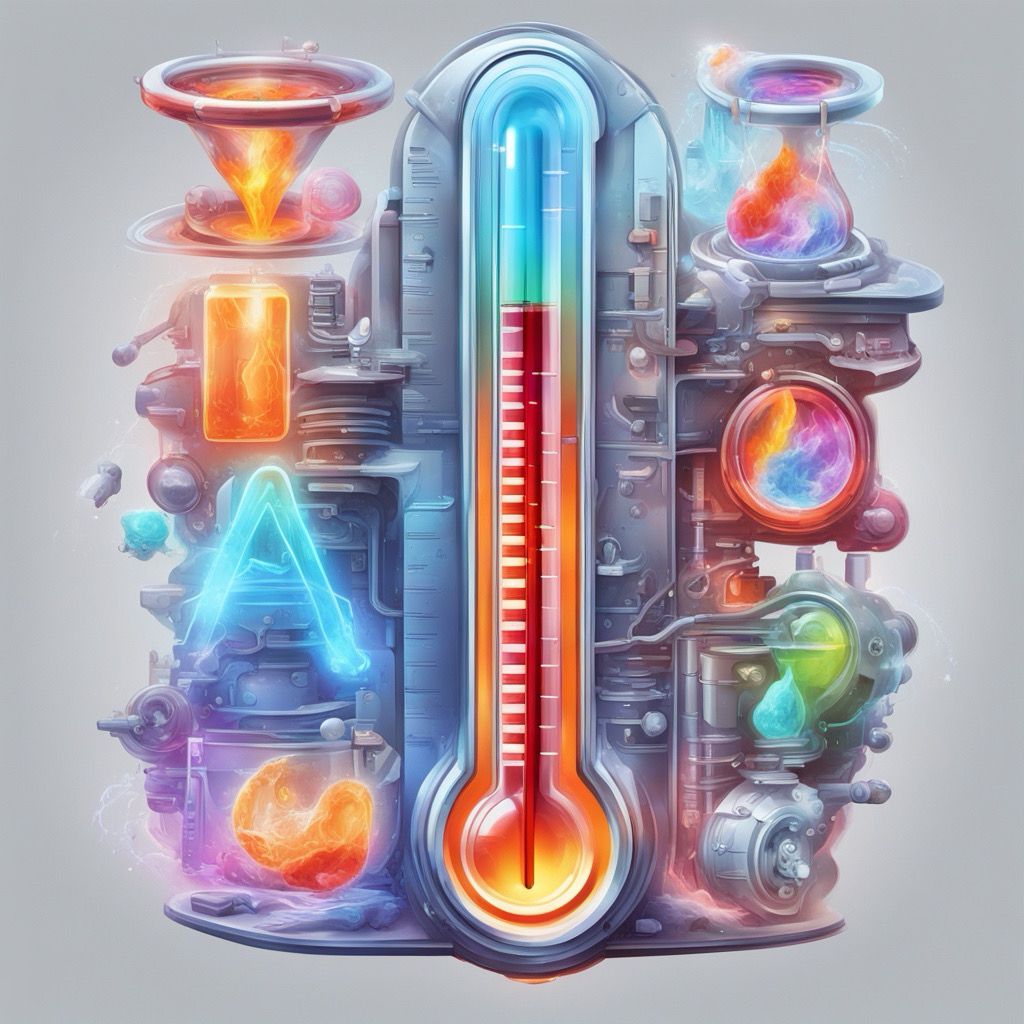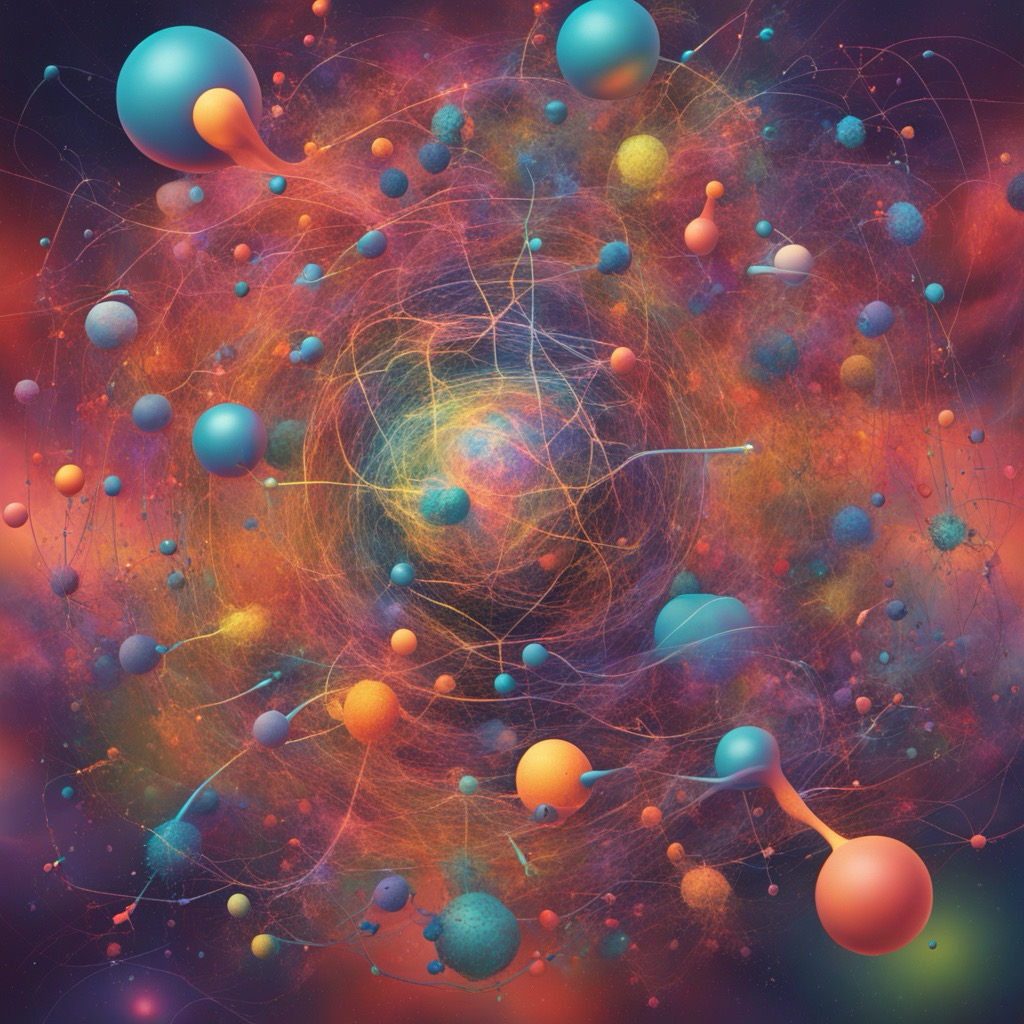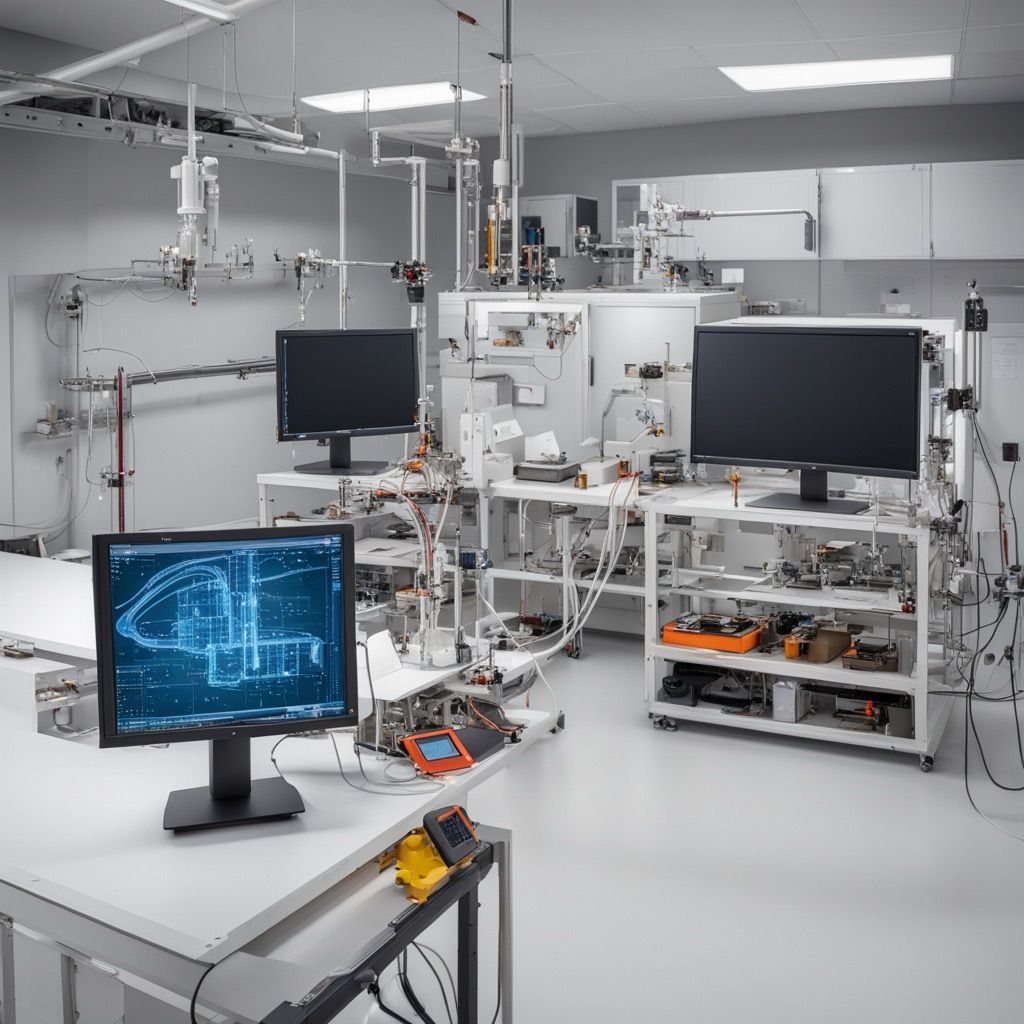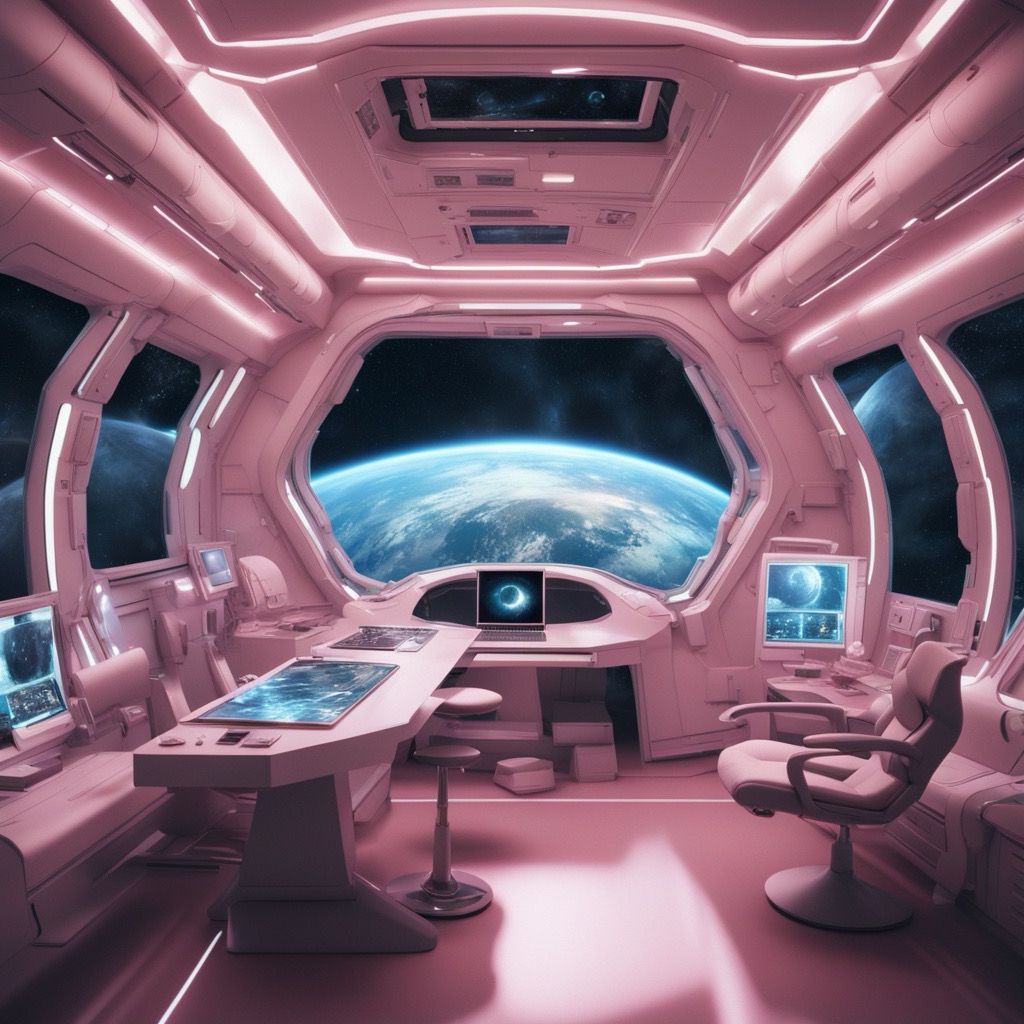Published: 4 months ago

Science
Engineering
Summary
Join us on a captivating journey as we unravel the mysteries of the Laws of Thermodynamics. From the fundamental principles to their real-world applications, discover how these laws govern the universe and shape our understanding of energy and heat transfer.
Article
Welcome, curious minds, to a world where the Laws of Thermodynamics reign supreme. Imagine a universe where energy cannot be created or destroyed, only transferred or converted. This is the first law, the foundation upon which all energy transformations are built.
As we delve deeper into the realm of thermodynamics, we encounter the second law, which speaks of the inevitable increase in entropy over time. Entropy, the measure of disorder or randomness in a system, dictates that heat energy will always move from a higher temperature to a lower temperature, never the other way around.
But what about the third law, you ask? Ah, the third law of thermodynamics, which states that as the temperature of a system approaches absolute zero, the entropy of the system also approaches zero. In other words, absolute zero is the point where all motion ceases, and entropy reaches its minimum value. It is the ultimate state of order and equilibrium.
Now, let us embark on a journey through the wonders of thermodynamics, where these laws shape our understanding of the universe and its workings. Picture a steam engine, a marvel of engineering that harnesses the power of heat to produce mechanical work. As steam is fed into the engine, it expands and pushes against a piston, converting thermal energy into kinetic energy.
But wait, how does the second law come into play here? Well, as the steam expands and does work on the piston, some of its thermal energy is converted into mechanical work, while the rest is lost as heat to the surroundings. This loss of usable energy is a manifestation of the second law, which dictates that not all energy transfers can be 100% efficient.
As we continue our journey, we encounter the concept of heat engines, devices that convert thermal energy into mechanical work. From steam turbines to internal combustion engines, these marvels of engineering rely on the principles of thermodynamics to function effectively.
But what about refrigeration systems, you ask? Ah, refrigeration systems are a prime example of how the Laws of Thermodynamics can be applied to everyday life. By using a compressor to pump refrigerant through a closed loop, these systems can transfer heat from a colder space to a warmer space, cooling the former and heating the latter in the process.
And let us not forget about the world of chemistry, where the Laws of Thermodynamics play a crucial role in determining the feasibility and spontaneity of chemical reactions. From the enthalpy of a reaction to the entropy of the system, these laws provide a framework for understanding how energy flows in and out of chemical reactions.
As we reach the end of our journey, we are left in awe of the power and majesty of the Laws of Thermodynamics. From the smallest atom to the vast expanse of the cosmos, these laws govern the behavior of energy and heat transfer, shaping our understanding of the world around us.
So, dear friends, let us continue to explore the mysteries of thermodynamics and unravel the secrets of the universe. For in the end, it is through the laws of nature that we come to appreciate the beauty and complexity of the world we inhabit.
Opinion
This article does not have any attachments.
No Access
Share access to start recording your opinion










